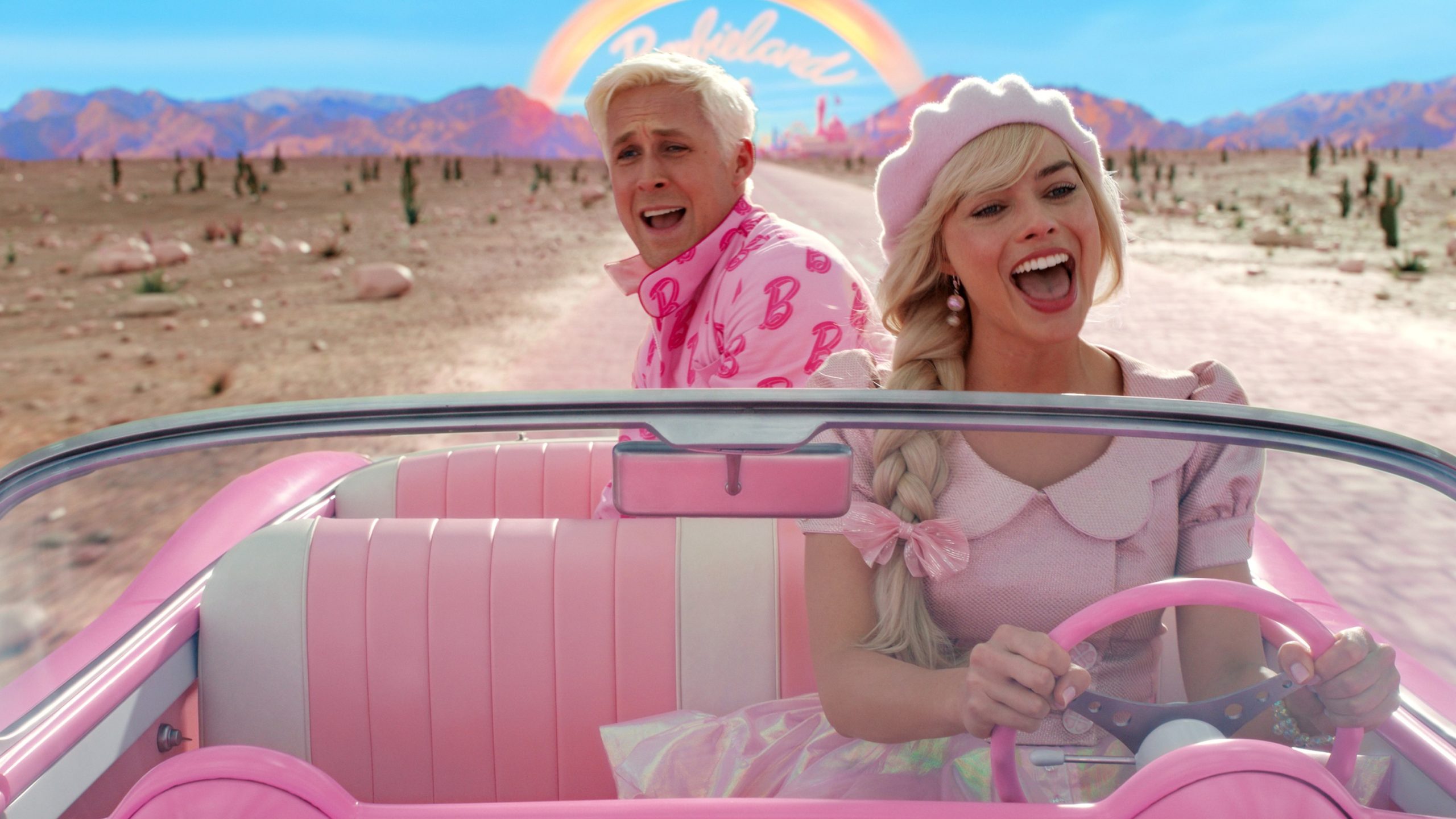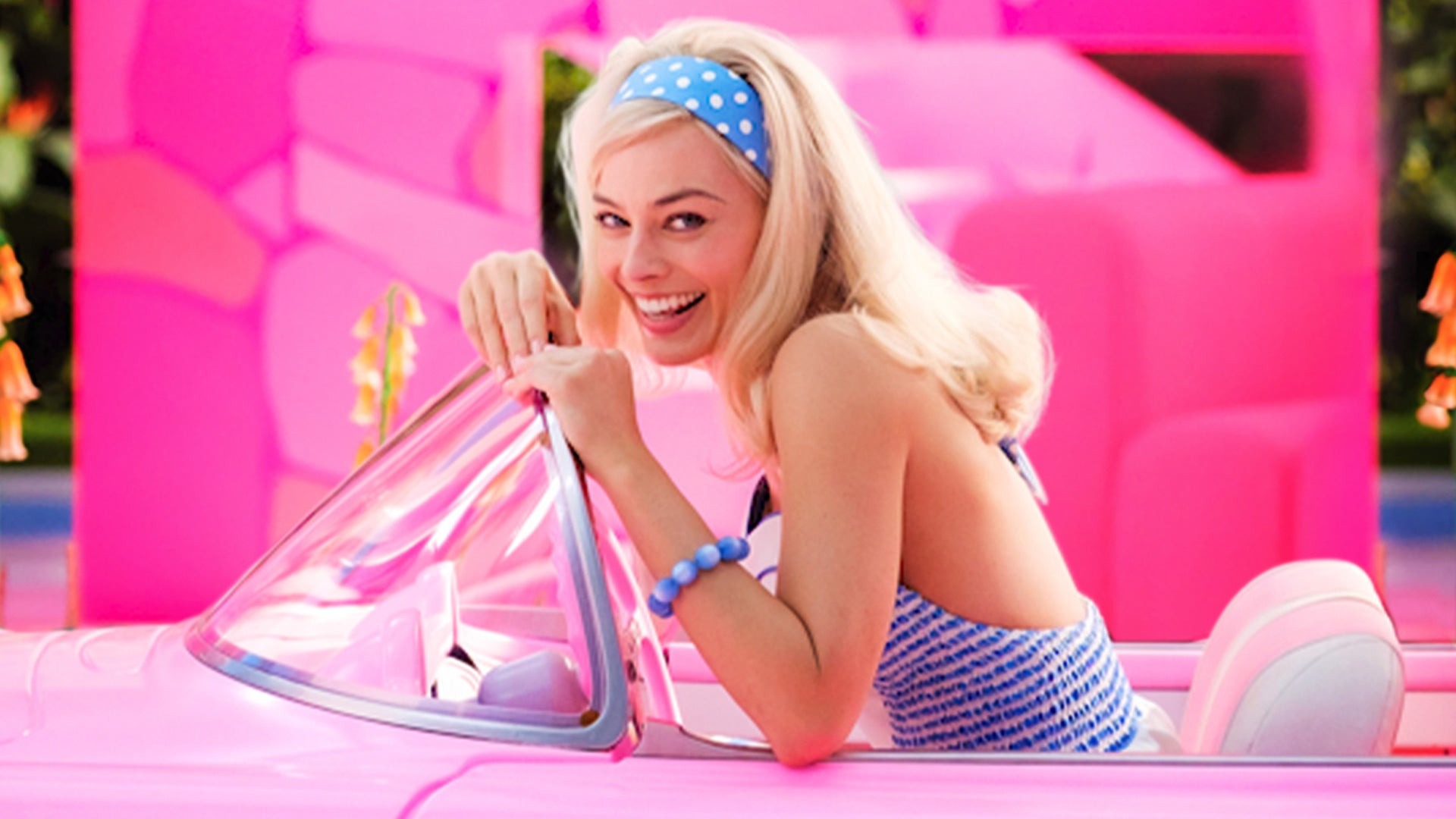The Barbie movie delivers a dynamic blend of costume design mastery, an outstanding soundtrack, and stellar performances. However, what sets it apart most is its ability to spark discussion.
Directed by Greta Gerwig and featuring Margot Robbie and Ryan Gosling, the film presents an array of thought-provoking ideas while encapsulating the unique existential dilemmas tied to womanhood—an impressive feat for a story inspired by a doll.

Its conclusion carries a deeply emotional impact, prompting many viewers to analyze its meaning. While breaking down a movie’s ending can be subjective since interpretation varies for each audience member, here’s an exploration of its conclusion.
What Happens at the End of Barbie?
With the Kens tricked into turning against each other, the Barbies reclaim Barbieland and reestablish their governance. Their victory feels like a triumphant reclaiming of power, creating a “girls rule, boys drool” dynamic.
Yet, in the midst of this success, Stereotypical Barbie appears uncertain, and Ken is left feeling lost. During an emotional exchange, Barbie helps Ken understand that his identity is not defined by their relationship.
They do not need to be “Barbie and Ken” as an inseparable pair—both can exist independently. Ken seems to find some comfort in this realization.
Despite this resolution, Barbie remains unsure of her place. Experiencing the real world has changed her, leaving her feeling like she no longer belongs in Barbieland. While the concept of a “normal Barbie” is brought up, it does not resonate with her either.
At this moment, Ruth Handler, Barbie’s creator, appears and offers her an alternative. She leads Barbie on a walk and explains that she has the option to embrace the human experience, complete with its emotions and problems.
Confronted with the gravity of this choice, Barbie decides against returning to her former life and instead embraces humanity. The film then closes on a humorous note, showing her heading to the gynecologist.
What Does the Ending of Barbie Represent?
Interpreting the film’s conclusion can be subjective, but one perspective suggests that it challenges societal expectations placed on women.
The film highlights how these pressures create an impossible standard—perfection that cannot truly exist. Barbie, initially the embodiment of flawlessness, begins to unravel when she is faced with reality’s contradictions.
As her world is restored, she is given a choice: to return to her idealized existence or to step into a life filled with emotions, struggles, and imperfections. She chooses the latter, embracing the full range of human experiences.
The film seems to pose a crucial question: Even if perfection were attainable, would it be desirable? Many would likely say no, because achieving flawlessness eliminates what makes life meaningful.
Experiencing hardships may be difficult, but a lack of feeling altogether would be worse. Barbie’s once-idyllic existence eventually leaves her feeling hollow.
The message centers on the importance of authenticity. No matter how someone chooses to live, they will always be viewed as both right and wrong from different perspectives.
The only real escape from this endless scrutiny is to embrace one’s true self. Society imposes rigid expectations, but true fulfillment comes from rejecting those constraints and defining one’s own identity.



